Virtual Prototyping: Bridging Ideas and Reality
Virtual reality (VR) product design and prototyping can provide the unique advantage needed to capture the attention of clients and executives. By developing virtual models and networks, teams can better visualize their ideas, implement impactful changes, test products more efficiently, and reduce other costs.
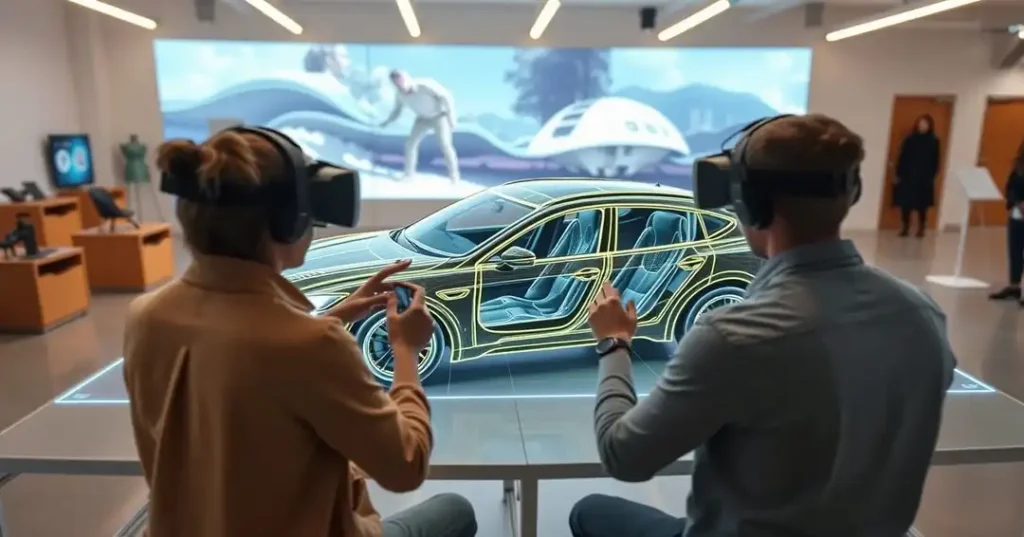
Here’s how you can incorporate VR into your next product design project.
Virtual Prototyping
The first step in integrating virtual reality (VR) into product design involves creating realistic, or near-realistic, 3D models of products. Although this process can be labor-intensive, it can pay off in terms of saving material costs associated with prototypes that can be rejected for aesthetic and ergonomic reasons. Testing these models in a simulated environment can help evaluate the functionality depending on the product.

Additionally, this approach can enhance feedback sessions with stakeholders through immersive visualization.
Concept Testing
Virtual prototyping can help save time and money during the concept development phase. These 3D models can simulate real-world scenarios, allowing for performance testing and feedback collection through an interactive VR experience—which would be difficult to achieve otherwise.
Tools and Hardware Required to Integrate VR into Design and Prototyping
Hardware
- Virtual Reality (VR) headset
- Motion controllers
Software
- VR platforms such as Unreal Engine, Autodesk VRED, or Unity, depending on specific needs and preferences.
Benefits of Virtual Prototyping
- Increased Efficiency: Streamline design processes by enabling rapid testing and iteration.
- Improved Communication: Foster better understanding among design teams, engineers, and stakeholders.
- Reduced Risk: Identify potential issues before committing to physical production.
- Enhanced Creativity: Explore design variations in a flexible and interactive virtual space.
- Sustainability: Minimize waste by reducing reliance on physical prototypes.
Immersive Client Interaction Solutions
Imagine this: your clients can step inside your world! Virtual reality (VR) allows you to deliver amazing, interactive experiences like never before. By creating virtual communities, businesses can present their products and services in a personalized and engaging way, allowing clients to discover and understand offerings in new ways.
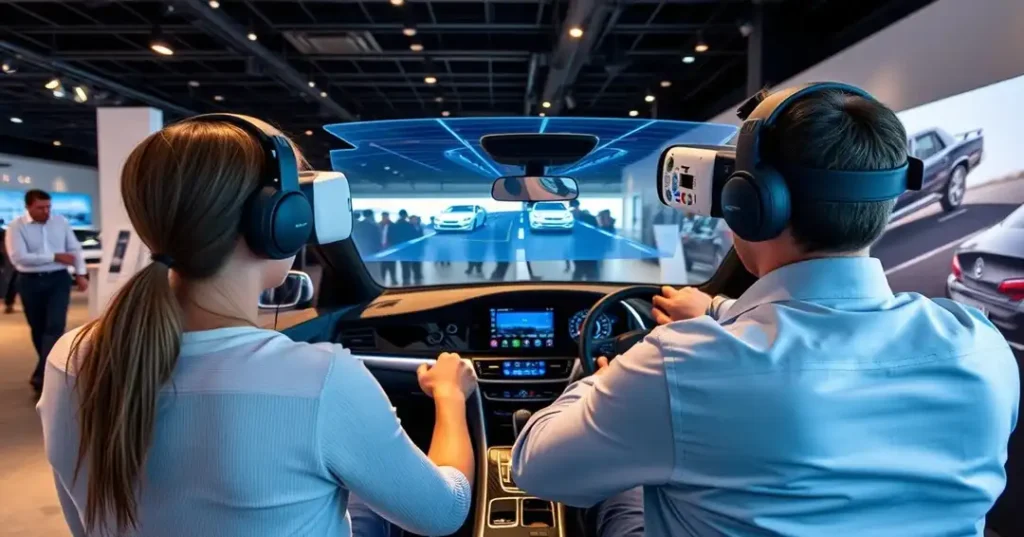
From virtual showrooms to immersive product demonstrations, Virtual Reality (VR) is revolutionizing how companies connect with clients, promoting deeper engagement and stronger relationships.
Here’s how you can make the experience with your clients more interactive and memorable:
Develop Virtual Showrooms and Experiences
Start by designing Virtual Reality (VR) environments that fit your business needs. For example, real estate companies can create virtual tours of homes, while retailers can display products in an interactive virtual store. Use Virtual Reality (VR) platforms like Unity or Unreal Engine to create these experiences. Make sure the environments are easy to use, eye-catching, and consistent with your brand identity.
Integrate VR with Customer Feedback Systems
Combine immersive interactions with feedback tools to gather insights during or after the experience. This information helps refine VR components and further personalize the client’s journey. Additionally, work with VR solution providers for regular updates and improvements to the platform.
Benefits of Immersive Client Interaction Solutions
Enhanced customer engagement: Immersive VR experiences captivate and actively engage clients, creating a deeper emotional connection to a product or service.
Increased sales conversion: Virtual showrooms allow clients to interact with the offerings visually, which makes it easier for them to make purchasing decisions and get what they want without being distracted.
Cost Efficiency: Virtual environments reduce the need for physical showrooms or sample production, leading to significant savings on operational costs.
Leveraging VR Collaboration Platforms for Productivity
Imagine a workspace where teams can work together regardless of their physical location. By creating immersive, shared virtual environments, companies can break the barriers of distance, allowing employees to connect and work in a live environment. These solutions not only increase productivity but also promote inclusivity, making them suitable for remote and hybrid workers.

Here is how you can create a Virtual Environment
Adopt a VR Collaboration Platform
Start by choosing a Virtual Reality (VR) platform that fits your team’s needs. Options like Spatial, Horizon Workrooms, or MeetinVR offer a variety of features, including virtual meeting rooms, 3D whiteboards, and file-sharing capabilities.
Note: Make sure the platform works well with your current productivity tools, such as project management software and cloud storage.
Customize and Train Your Team for Collaboration Needs
Invest in Virtual Reality (VR) headsets and accessories for your employees, making sure they are compatible with the chosen platform. Organize training sessions to help employees get used to the virtual workplace, focusing on management, work tools, and troubleshooting. Organizations spread across different locations, offer hybrid access options, allowing users without headsets to access via desktops or mobile devices.
Create virtual environments to meet the needs of the organization. For example, design teams may thrive in specific areas designed for thinking, while engineering teams may require environments that facilitate the interaction of 3D models. Always collect ideas to improve these areas and increase their effectiveness.
Benefits of Seamless Virtual Workspace Solutions
- Enhanced Collaboration: Teams can interact in real-time within immersive environments, enabling dynamic brainstorming, problem-solving, and project discussions.
- Increased Productivity: Virtual workspaces minimize distractions and streamline communication, allowing employees to focus on tasks without geographical constraints.
- Cost Savings: Reduce expenses associated with travel, office space, and physical meeting setups by transitioning to virtual environments.
- Global Team Integration: VR bridges the gap between remote and in-office employees, ensuring equal participation and inclusivity.
- Innovation and Engagement: Working in virtual environments fosters creativity and keeps employees engaged, promoting a sense of novelty and excitement.
How VR Enhances Workforce Skill Development
Virtual Reality (VR) is changing the way we train employees. Instead of just reading material or watching videos, employees can immerse themselves in real scenarios in a safe environment. From technical training to soft skills development, Virtual Reality (VR) provides a flexible platform for increasing the capabilities of the workforce while reducing risks and costs.

Here is how you can train your employees using VR Technology
Identify Training Needs and Develop Custom VR Content
Start by assessing all the skills and knowledge you have in your business. Work with VR developers to design training modules tailored to your business and organizational goals. For example, manufacturing teams may specialize in manufacturing, while customer service teams may be involved in playing complex customer relationships across the board.
Additionally, pre-made VR solutions can be employed for broader skills like leadership, teamwork, or public speaking.
Integrate VR into Existing Training Programs
Combine learning in VR with traditional training methods to create an effective training plan. Create VR labs or provide headsets for employees, allowing them to access training modules when needed. Use interactive tools integrated into VR platforms to monitor their progress, monitoring performance metrics such as completion rate and accuracy. Always refine VR content to keep it safe and consistent with industry standards.
Benefits of Employee Development with VR Technology
- Enhanced Skill Retention: Immersive learning experiences improve memory retention and application of skills.
- Realistic Practice: Employees gain practical experience in safe, controlled environments, reducing the risks associated with real-world training.
- Cost Efficiency: VR eliminates the need for expensive physical setups, travel, and materials, making training more affordable.
- Faster Upskilling: Interactive modules allow employees to learn at their own pace, speeding up skill acquisition.
- Increased Employee Engagement: VR’s immersive and interactive nature keeps employees motivated and invested in their learning journey.
- Data-Driven Insights: Track progress and identify areas for improvement with performance analytics embedded in VR platforms.
Unlocking Marketing Potential with VR Technology
Imagine being transported to a relaxing resort, feeling the warmth of the sun on your skin and the soft sea breeze in your hair. Or imagine yourself behind the wheel of a beautiful new car, experiencing the joy of driving. This isn’t just a fantasy – it’s the power of Virtual Reality (VR) marketing.

By tapping into the full potential of VR, brands can create memorable experiences that engage consumers on a deeper level. From exploring virtual showrooms to interacting with products in a fully immersive setting, VR enables businesses to build lasting emotional connections with their audiences. The end result? A strong commitment and competitive edge will set you apart from the crowd.
Here is how to integrate VR into marketing
Develop Immersive VR Campaigns
Start by defining your marketing goals and designing VR experiences based on your brand identity. For example, a real estate company may offer virtual property tours, while an art label may host virtual runway shows.
Partner with VR content creators to develop immersive and interactive environments tailored to your demographic. Make sure to get ads on popular VR platforms and apps, and on desktop or mobile for maximum reach.
Integrate VR with Existing Marketing Channels
Combine VR campaigns with traditional marketing strategies for a comprehensive approach. Use VR at trade shows, retail locations, or pop-up events to drive foot traffic and generate excitement. Combine virtual experiences with data collection tools to gain insights into customer preferences and behaviors, allowing you to refine future campaigns.
Benefits of Enhanced Marketing Through VR Experiences
- Increased Customer Engagement: Immersive VR campaigns capture attention and provide memorable interactions, keeping customers invested in your brand.
- Improved Brand Perception: VR positions your brand as innovative and forward-thinking, helping you stand out in competitive markets.
- Higher Conversion Rates: By allowing customers to visualize and interact with products, VR helps them make confident purchase decisions.
- Wider Reach and Accessibility: VR experiences can be shared globally, breaking geographical barriers and reaching a diverse audience.
- Data-Driven Campaign Refinement: Analytics embedded in VR platforms provide valuable insights into user behavior, helping you tailor future marketing efforts.
You can also read this article to know how Google and Samsung plan to make extended reality (XR) an umbrella term that encompasses Virtual Reality (VR), Augmented reality (AR), and Mixed Reality (MR)


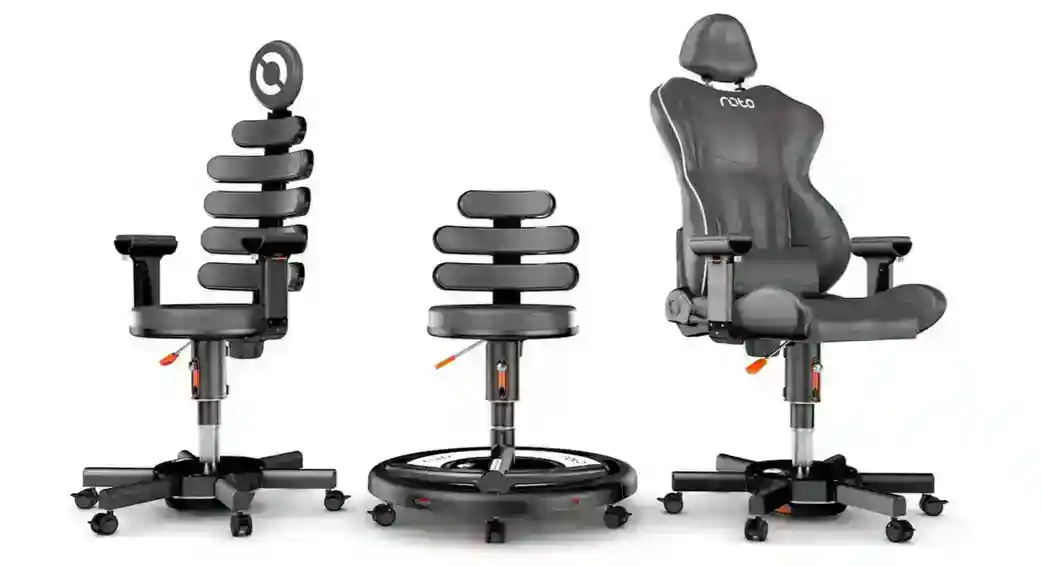
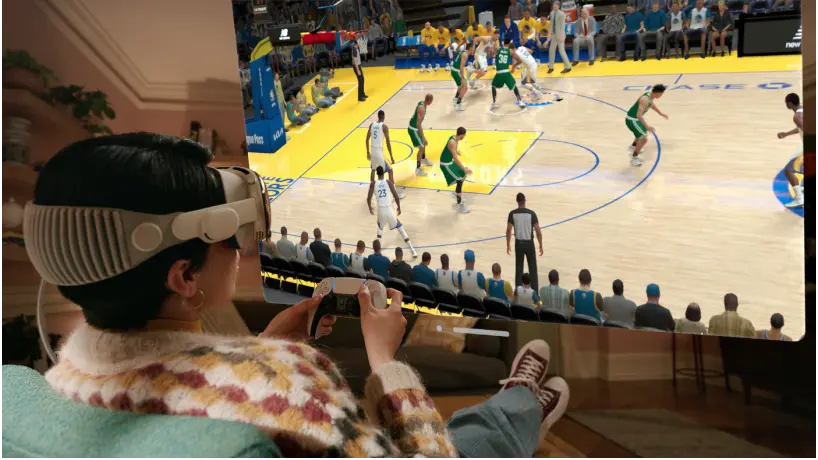


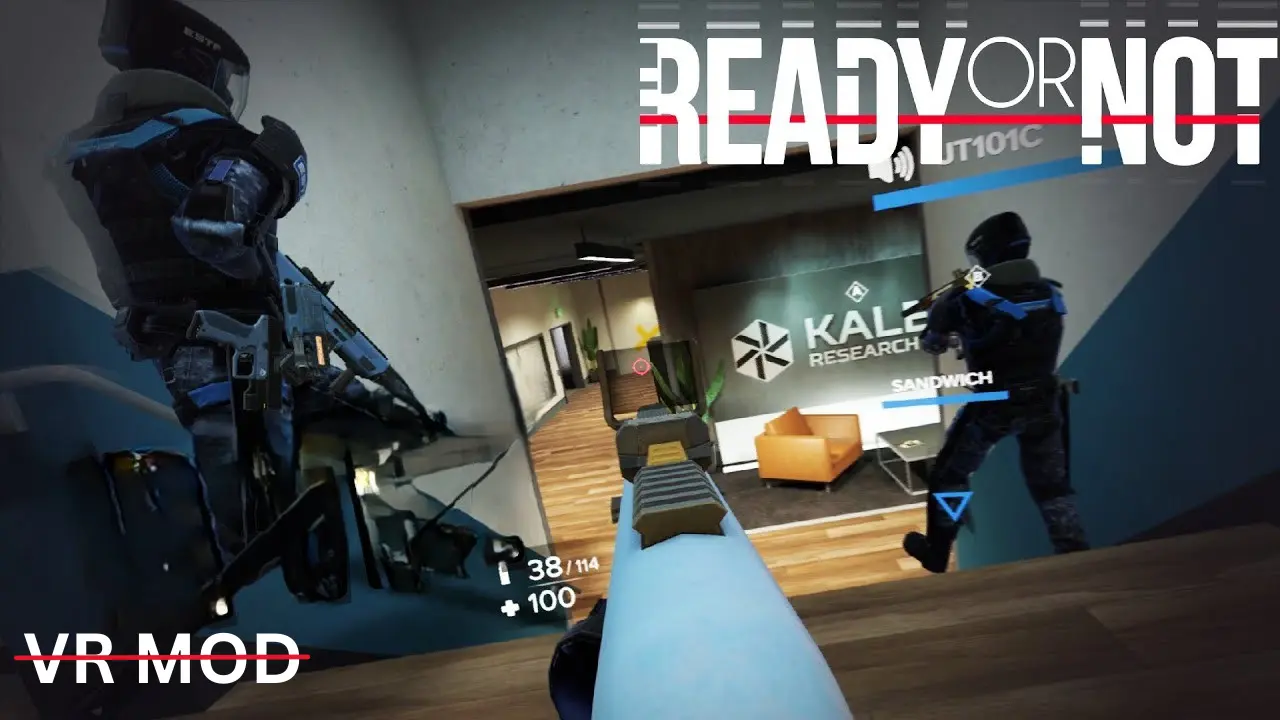

2 thoughts on “The Future of Business with Virtual Reality: Design, Interaction, and Growth”